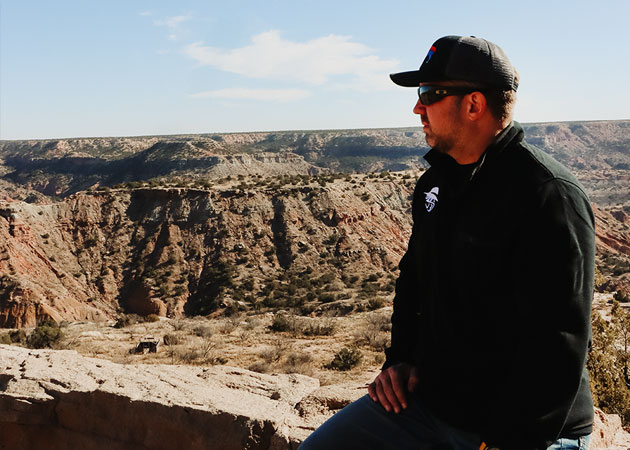Discover Camp Wood, Texas: A Hidden Gem in the Hill Country
Welcome to Camp Wood, Texas
Camp Wood, Texas is located in the western part of Real County, offering rugged beauty, crystal-clear rivers, and rich history. With a population of just over 700, Camp Wood provides a peaceful lifestyle set against the stunning backdrop of the Texas Hill Country. The town sits along the pristine Nueces River, a spring-fed waterway that flows through dramatic limestone bluffs before reaching the Gulf of Mexico.
Known as the “Mother River of the Hill Country,” the Nueces River also feeds nearby rivers like the Frio and Sabinal, enriching the ecology of this iconic region.
History of Camp Wood and Real County
Early History and Spanish Exploration
Before European settlers arrived, Native American tribes roamed the lands around Camp Wood. In 1762, the Spanish established Mission San Lorenzo de La Santa Cruz near present-day Camp Wood. Spanish explorer Alonso de León named the river “Nueces” for its abundant pecan groves.
Camp Wood’s Military Beginnings
The town earned its name from the U.S. military outpost Camp Wood, established between 1857 and 1861. The modern town emerged in 1920, founded by workers of the Uvalde Cedar Company who transported logs using the Uvalde and Northern Railroad.
Real County Formation
Real County, created in 1913, was carved from parts of Edwards, Kerr, and Bandera Counties. Named after Julius Real, the county is renowned for its rugged terrain and rich ranching traditions. Its seat, Leakey, is a short drive from Camp Wood.
Things to Do in Camp Wood, Texas
Experience the Nueces River
The Nueces River is at the heart of recreation in Camp Wood:
- Tubing and kayaking
- Fishing for bass, catfish, and sunfish
- Swimming and picnicking
For buyers exploring Nueces River ranches for sale, this riverfront lifestyle offers unmatched beauty and tranquility.
Drive the Legendary Three Sisters (FM 335, FM 336, FM 337)
One of Texas’ most iconic road trips, the Three Sisters scenic drive, runs from Camp Wood to Medina. Named one of the “fifteen most scenic spots in Texas” by Texas Highways, it’s a must-see for motorcyclists and road-trippers.
Explore Historical Sites
- Mission San Lorenzo de La Santa Cruz: Early Spanish colonial history.
- Old Camp Wood Military Post: A legacy site from the town’s origins.
Hiking, Hunting, and Wildlife Watching
Real County offers hiking, bird-watching, and wildlife photography. Local ranches also offer seasonal whitetail deer hunting leases and access to exotic game like axis deer and wild turkeys.
Real County and Camp Wood: Lifestyle and Stats
- Population: ~700
- Median Home Price: $180K–$350K
- Climate: Mild winters, sunny summers, great for year-round recreation
The Camp Wood community is a friendly blend of ranchers, retirees, and outdoor lovers.
Why Invest in Camp Wood Real Estate?
With strong demand for Texas ranches for sale, Camp Wood offers scenic, well-priced opportunities. Buyers seeking a Nueces River ranch or a recreational getaway near the Three Sisters drive will find lasting value here.
Top 5 Things to Do in Camp Wood
- Float, fish, or swim the Nueces River
- Drive the Three Sisters
- Visit Mission San Lorenzo ruins
- Hike Real County trails
- Book a whitetail deer hunting lease
🟠 Ready to Own a Piece of Camp Wood?
🌄 Explore available ranch listings near Camp Wood, Texas →
Whether you’re seeking a weekend escape, income-producing land, or a legacy ranch, our team at James Bigley Ranches is ready to help you find the perfect property in Camp Wood and Real County.
📞 Call us at 830-609-8056
📍 Serving all of the Texas Hill Country with expert guidance and land stewardship mentorship.


